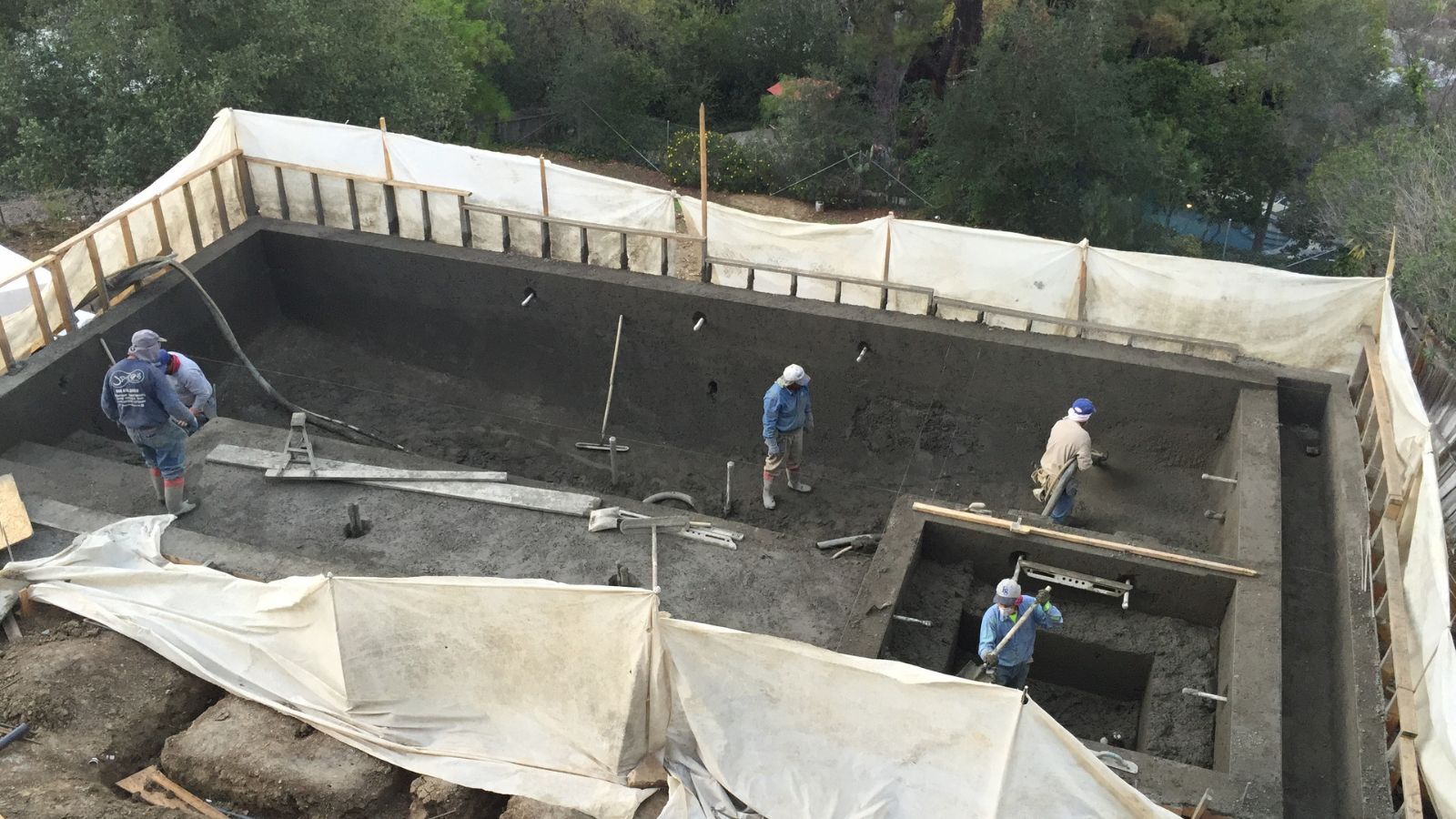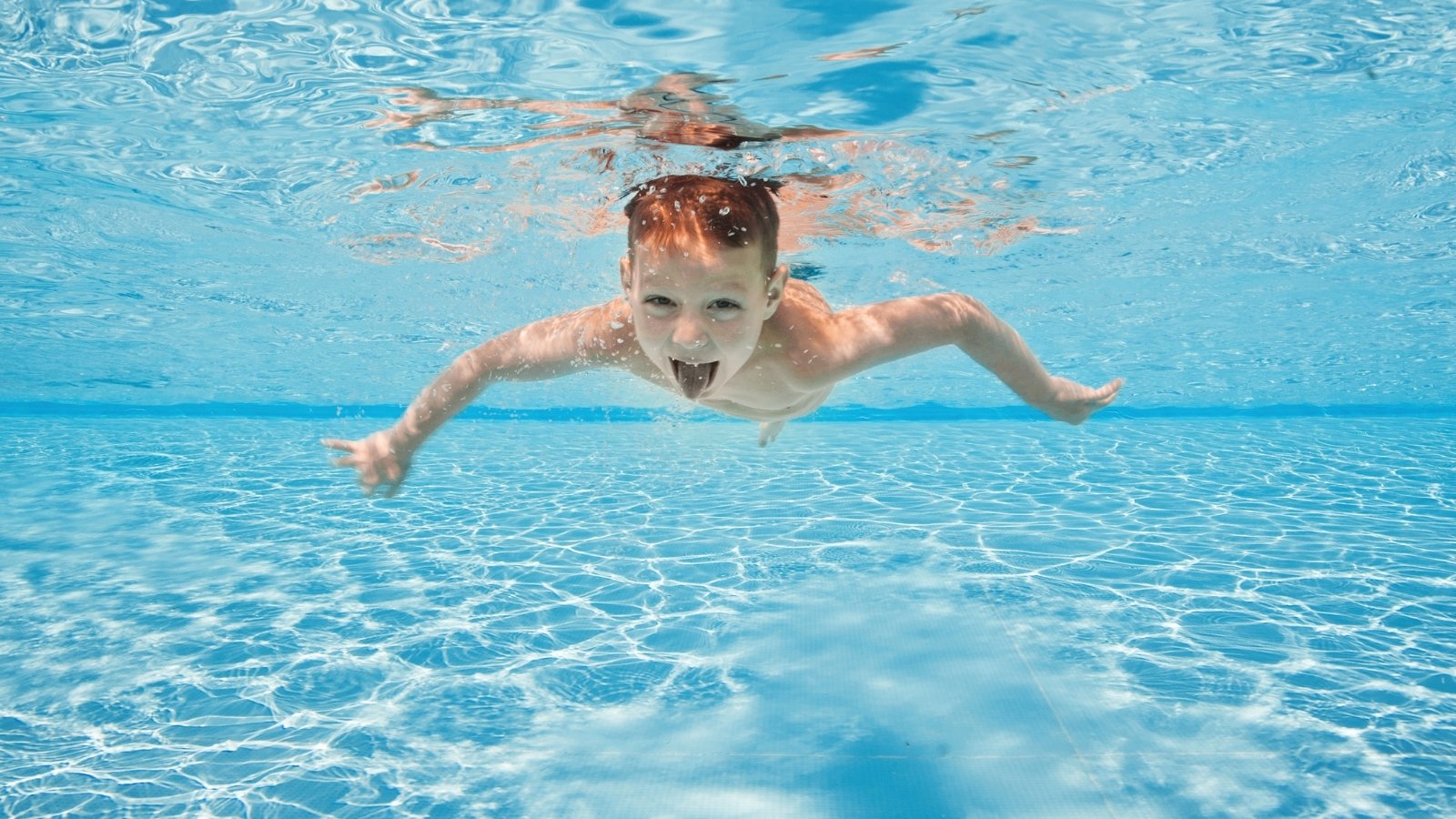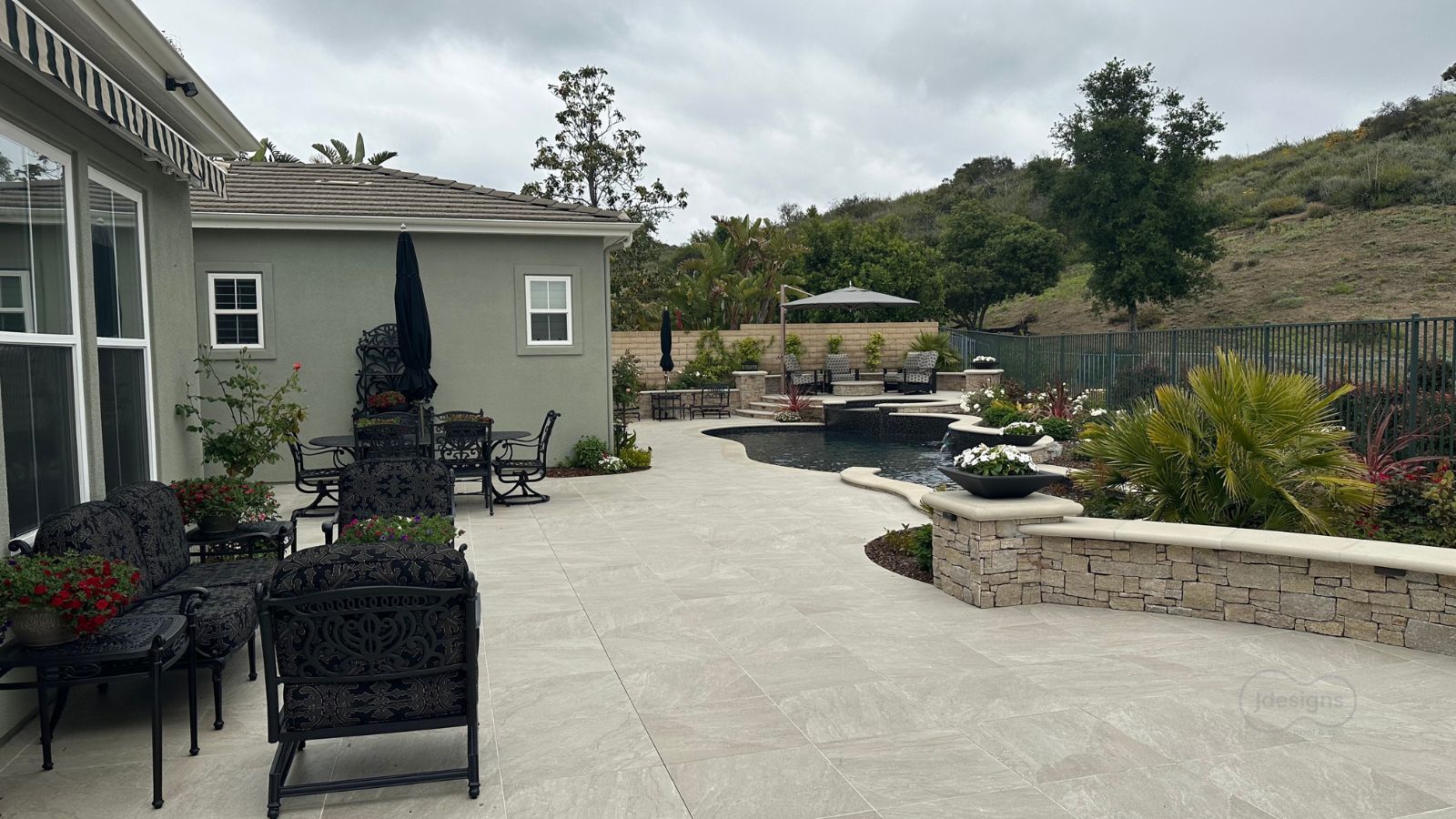How Much Does It Cost to Heat a Pool in LA with a Natural Gas Heater?
If you’ve ever felt a pang of guilt after switching on your pool heater and then saw your gas bill, you’re not alone! Many pool owners think heating...


Shotcrete is pneumatically applied concrete (sprayed at high velocity) to form strong, watertight, and highly customizable structures like swimming pools. It comes in two main types:
Dry-mix (Gunite): Dry materials are conveyed to the nozzle and with added water or hydrated at the tip
When applied correctly, shotcrete creates a monolithic pool shell — seamless and structurally sound.
A quality shotcrete application starts with the person holding the nozzle. The American Shotcrete Association or ASA, has a Certified Nozzleman program that ensures that nozzle (hose) operators are tested and qualified in addition, the American Concrete Institute or ACI has created specific guidelines and construction standards to ensure the process is compliant with the building standards of :
.jpg?width=254&height=339&name=ACI%20Nozzelman%20Vertical%20Blog%20Visual%20(1).jpg)
Specific shotcrete process: Wet-mix or Dry-mix
Shooting positions: Vertical, Overhead, or Encased
Minimum 500 hours of nozzle experience
Written exam: Covers shotcrete theory, rebound control, nozzle technique, curing, etc.
Performance exam: The candidate shoots a panel, which is cored and tested in a lab for proper strength, density, and steel encapsulation
Certification is valid for 5 years, issued by ACI, and listed in their public database.
Tip for Homeowners:
Ask your pool builder for proof of ASA/ACI nozzleman certification. It’s the most important credential in the shotcrete process as part of the pool construction.

Compressive strength: ≥ 4,000 psi after 28 days
Water-to-cement ratio: ≤ 0.45 (low permeability)
Curing: At least 7 days (wet or with curing compounds)

Per ACI 318, the minimum shrinkage/temperature steel ratio is 0.0018 (0.18%) of concrete cross-section
For a 6" wall, this equals ~0.26 in² of rebar per foot
Common spacing: #3 or #4 bars @ 6"–8" O.C.
.jpg?width=284&height=379&name=Shotcrete%20Vertical%20Blog%20Visual%20(2).jpg)
Steel must be fully encased in shotcrete with:
3" soil clearance below and 2" min above the steel or between PVC - plumbing
Double curtain reinforcement for thicker walls or spas that are raised from the ground
The concrete cover must meet ACI 318 standards:
| Surface | Minimum Cover |
|---|---|
| Soil-exposed surfaces | 3" |
| Formed surfaces (walls) | 2" |
|
Interior (non-soil contact) |
1½"–2½" |
- Too little steel or poor coverage leads to cracking, corrosion, and structural failure.
- Tip for Homeowners: Prior starting the application the pool should be cleaned and have no water or mud specially touching the steel in walls or in the floor. When in dry climate the soil should be slightly wet (Surface Saturated Dry) to receive the shotcrete.
Concrete naturally shrinks as it cures. Understanding the difference between shrinkage cracks and structural cracks is key:
| Type | Characteristics |
|---|---|
| Shrinkage Cracks | Fine, hairline; surface-level; appear within days |
| Structural Cracks | Wider; follow stress points; may appear over months |
Shrinkage cracks are generally not a concern when they are small; however, structural cracks, small or large may lead to leaks (weep holes) and rebar exposure, necessitating repair. Always have an expert assess any cracking.
![Copy of Copy of [TEMPLATE] Horizontal Blog Visual (2)](https://www.jdesigns.com/hs-fs/hubfs/Shotcrete%20Guide%20Blog/Copy%20of%20Copy%20of%20%5BTEMPLATE%5D%20Horizontal%20Blog%20Visual%20(2).jpg?width=511&height=383&name=Copy%20of%20Copy%20of%20%5BTEMPLATE%5D%20Horizontal%20Blog%20Visual%20(2).jpg)

A second worker must accompany the nozzleman to operate an air lance, which:
Clears rebound material from tight transitions
Helps bond layers and remove dust
Ensures full encapsulation of rebar
Rebound material (shotcrete that bounces off during application) must never be reused. It’s structurally inferior and can cause voids and cracking.
.jpg?width=239&height=319&name=shotcrete%20Vertical%20Blog%20Visual%20(3).jpg)
At J Designs, we actively implement these and other techniques to ensure our pools perform as designed. We install our floors 3 to 5 days before shooting the rest of the pool. This method helps prevent loose material from falling onto the floor, which makes it harder to remove, especially when a lot of steel is present. Additionally, vibrating the concrete helps maintain the steel encapsulation in observance of the building code and the engineer's requirements.

Shotcrete must be kept moist for at least 7 continuous days (minimum non-negotiable) multiple times per day using: Keeping the concrete at a controlled temperature and wet helps the concrete paste to harden at a slower rate, avoiding shrinkage and allowing the curing to be most effective resulting in a stronger structure.
Typically used in this process: Mist sprays, soaker hoses, wet burlap, and hand watering.
Improper curing leads to surface scaling, poor strength, and increased risk of cracking.
Tip for Homeowners: Spray all pool areas thoroughly 3 times a day for 5 to ten minutes.
| Question to Ask Your Builder | What to Look For |
|---|---|
| Is the nozzleman certified? | ASA/ACI card with wet/dry + positions |
| Are steel ratios compliant? | Follows ACI 318 or engineered specs |
| Are you using an air lance? | During all applications |
| How is rebound handled? | Removed immediately, never reused |
| What’s your curing plan? | 7 days minimum, per ACI/ASA |
| How will shrinkage cracks be handled? | Monitoring and documentation |
| Area | Standard/Best Practice |
|---|---|
| Nozzleman Certification | ASA/ACI Certified (500+ hrs, written + field tested) |
| Compressive Strength | 4,000 psi minimum |
| Water-Cement Ratio | Max 0.45 |
| Curing Time | 7+ days |
| Air Lance Use | Required |
| Rebound Material | Must be discarded |
| Steel Reinforcement | Min. 0.0018 (ACI 318); 2–3" clearance from soil |
| Shrinkage vs. Cracks | Differentiated, monitored, documented |
A shotcrete pool is only as good as the standards followed during construction. The Los Angeles Building Department published the Information Bulleting—Building Code regarding Wet-Mix Shotcrete, which is enforceable with the standards for any shotcrete installation. Read the complete bulletin here: LADBS Bulletin—Code.
With certified personnel, proper reinforcement, careful curing, and full adherence to ASA and ACI guidelines, your pool will be beautiful and built to last for generations. Check these two articles below about the most critical process in pool construction.

If you’ve ever felt a pang of guilt after switching on your pool heater and then saw your gas bill, you’re not alone! Many pool owners think heating...

Is Large Format Tile Right for Your Pool Project? What Every Homeowner Should Know Thinking about building or transforming your pool with...

You just invested in a brand new pool. What’s next? Thinking you can handle pool care with a few YouTube videos and a set of chemicals?